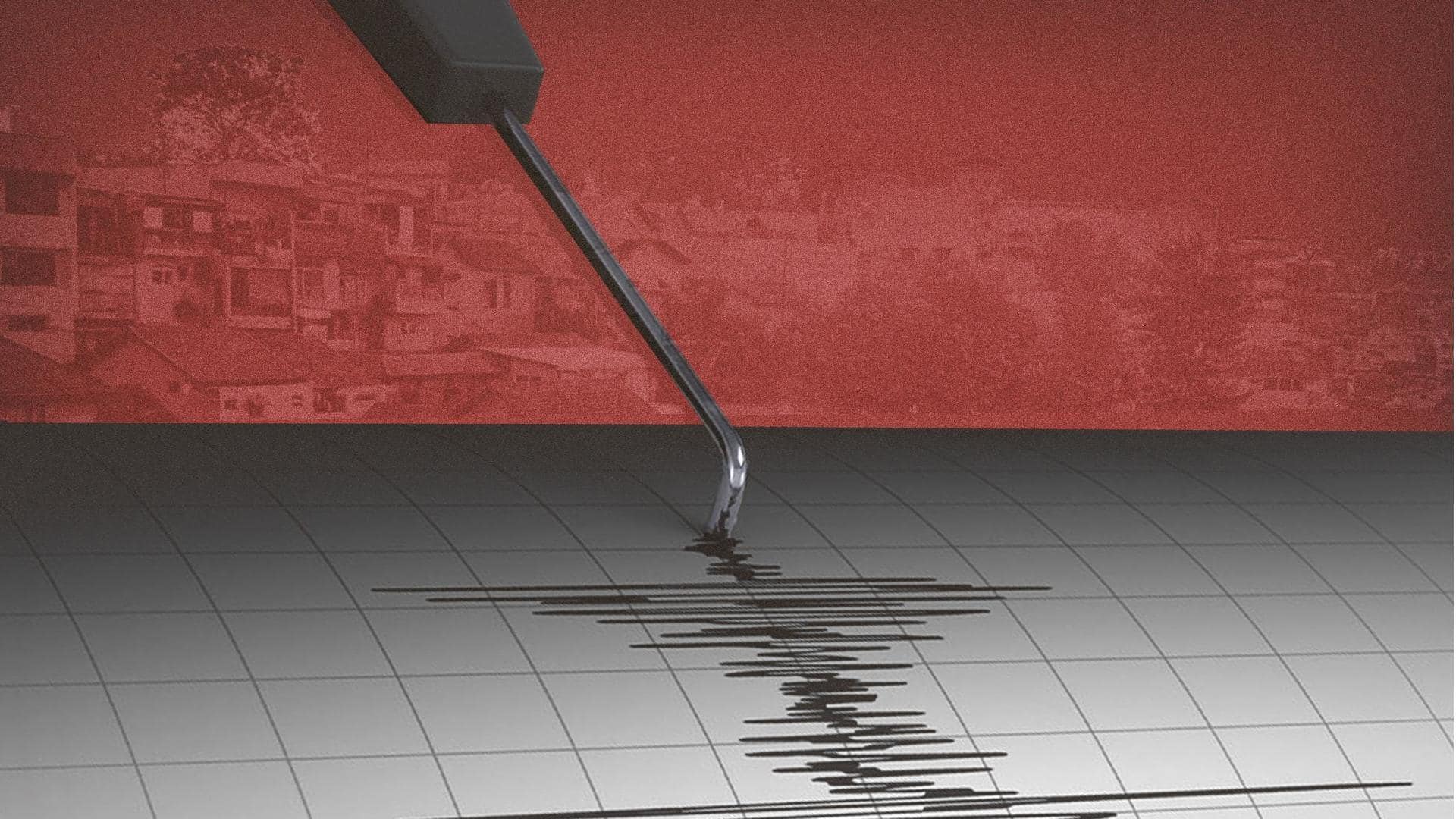
Tsunami alert lifted after 7.7 magnitude quake in South Pacific
What's the story
The National Tsunami Warning Center (NTWC) has lifted a tsunami alert for coastal areas in the South Pacific after a 7.7-magnitude earthquake jolted the region on Friday.
Earlier, the United States Geological Survey (USGS) issued a tsunami warning within 1,000 kilometers (621 miles) of the epicenter and to nearby countries like Fiji, Kiribati, and Vanuatu following the earthquake.
Twitter Post
USGS's Twitter post
Notable quake, preliminary info: M 7.7 - southeast of the Loyalty Islands https://t.co/oLQJUKmHse
— USGS Earthquakes (@USGS_Quakes) May 19, 2023
Details
Details on NTWC's tsunami warning
The alert from the NTWC had stated that tsunami waves reaching up to 1 meter are possible along some coasts of Vanuatu, downgrading the previous assessment that claimed waves could be 3 meters high.
Meanwhile, smaller waves under 0.3 meters could be expected in coastal areas of Kiribati, Fiji, and the Kermadec Islands in New Zealand, the warning further added.
Twitter Post
Twitter post by NTWC
Tsunami Info Stmt: M7.7 Loyalty Islands Region 1957PDT May 18: Tsunami NOT expected; CA,OR,WA,BC,and AK
— NWS Tsunami Alerts (@NWS_NTWC) May 19, 2023
#NTWC
More details
Emergency management agency in New Zealand, Hawaii provide tsunami update
Right after the quake, the Hawaii Emergency Management Agency took to Twitter and announced that there was no threat of a tsunami for Hawaii currently.
On the other hand, New Zealand's National Emergency Management Agency tweeted that it was assessing whether the powerful earthquake that rocked the South Pacific "poses any tsunami threat to New Zealand."
Further information
Warning issued in Australia amid quake
Australia's Bureau of Meteorology also issued a warning, stating, "For the marine environment of Lord Howe Island, there is the possibility of dangerous rips, waves, and strong ocean currents, as well as some localized overflow onto the immediate foreshore."
"It is important to exercise caution and be aware of these potential hazards if you plan to engage in any activities in the marine environment."
Twitter Post
Twitter post by Bureau of Meteorology, Australia
Australia on #Tsunami Watch after magnitude 7.6 #earthquake near Southeast of Loyalty Islands. Potential threat for #LordHoweIsland. Latest info here: https://t.co/Tynv3ZQpEq. pic.twitter.com/RlP5ntbfKS
— Bureau of Meteorology, Australia (@BOM_au) May 19, 2023
Know more
South Pacific one of world's most seismically active areas
According to the USGS, the earthquake on Friday hit at a depth of approximately 38 kilometers.
Furthermore, the agency also highlighted that the South Pacific is known as one of the world's most seismically active areas due to the high rates of convergence of the Pacific and Australian tectonic plates, which are constantly pushing against each other.